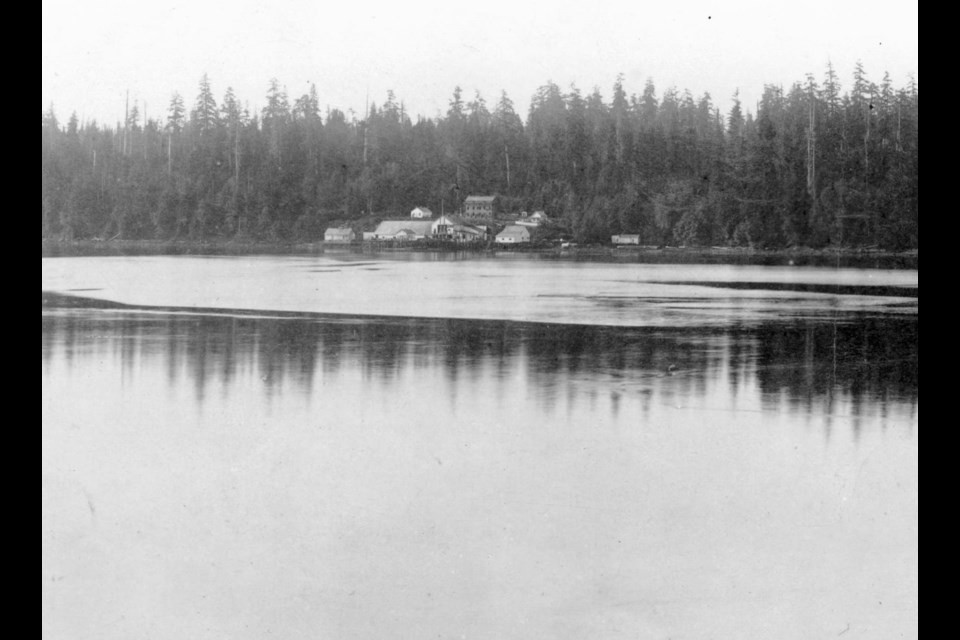With its high-end condo towers, Coal Harbour has become one of the most expensive places to buy a home in Canada.
The Vancouver neighbourhood has become emblematic of the city's glass-and-concrete aesthetic, considered one of its stereotypical features.
But the version of Coal Harbour that exists now is a relatively new one, even by the young city's standards.
Back before Vancouver was officially founded, there wasn't a large population in the area. First Nations villages existed in what is now Stanley Park. Settlers arrived in the general region in the 1800s, and coal was discovered in the 1860s, but it wasn't useful. However, the name stuck.
In the early 1880s, Spratt's Oilery was founded on the shores of Coal Harbour, and herring fishing (with dynamite) took place for a few years until the herring stopped returning to Burrard Inlet.
In 1886, Coal Harbour was included in the newly established city, and plans were made to develop it.
Given that it's a waterfront neighbourhood, while some houses were built in the area, the shoreline became a busy industrial area, with mills, piers, and shipbuilding businesses. It was there the first plane in Vancouver was built and flew from (taking off from the water), which led to the first international airmail trip.
A big chunk of land was also turned into the Denman Arena, which was an important site for the city and for hockey in Canada. Unfortunately, it burned down in 1936 and wasn't replaced.
Next door to Coal Harbour is Stanley Park, and that connection has changed over the years. Stanley Park is the city's first park and was designated parkland right in 1886, becoming a popular destination for many in the city. But it wasn't the most accessible spot by land. A wooden bridge had to be built over a small inlet.
Eventually, a more robust causeway was built, and then a roadway (and more changes were even considered). Now the Lost Lagoon is essentially separated from Coal Harbour by a stretch of land, but that section of the seawall, parkland, and Highway 99/Stanley Park Causeway/Lions Gate Bridge Road is all human-built.



